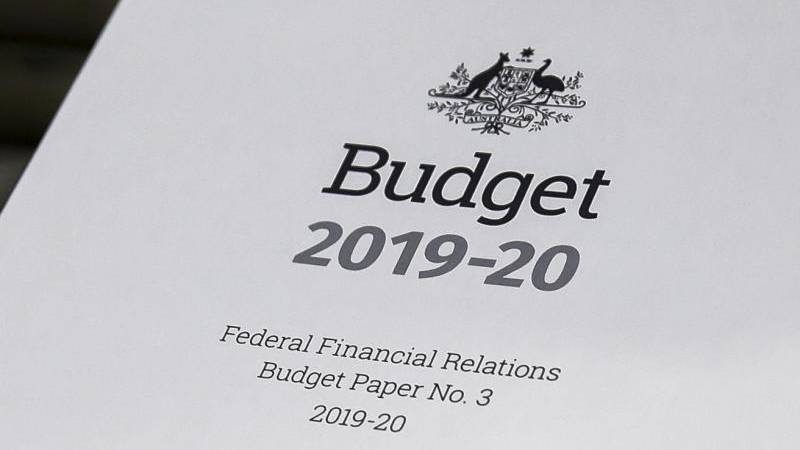1. BUDGET OVERVIEW
The 2019 Budget announced by Treasurer Josh Frydenberg outlines a projected surplus of $7.1 billion for 2019-20, making it the first budget surplus in 12 years. The Government will look to use key measures contained in the statement to frame the upcoming election, expected to be called within the coming days.
It’s important to note that none of the measures contained in the budget are law yet and are still required to pass the senate. A change of Government in May would also impact on whether any of the commitments are honoured or amended.
2. TAXATION
The headline initiative is without question the proposed reductions in personal income taxes. This is of relevance to retailers as one of the key rationales behind the tax cuts is to provide low and middle-income earners with more discretionary spending power in a bid to restore consumer confidence.
The below table summarizes the proposed reforms to personal income taxation between now and 2024-25:
| Rates in 2017-18 | Thresholds in 2017-18 | New Rates in 2024-25 | New Thresholds in 2024-25 |
| Nil | Up to $18,200 | Nil | Up to $18,200 |
| 19 per cent | $18,201 – $37,000 | 19 per cent | $18,201 – $45,000 |
| 32.5 per cent | $37,001 – $87,000 | 30 per cent | $45,001 – $200,000 |
| 37 per cent | $87,001 – $180,000 | – | – |
| 45 per cent | Above $180,000 | 45 per cent | Above $200,000 |
Moreover, the Budget also contained positive news for small business on the tax front. The tax cut for SMEs to 25 per cent will be fast-tracked to full implementation by the 2021-22 financial year. Meanwhile, the Government also announced that tax relief for unincorporated small businesses will rise from the current rate of 8 per cent to 13 per cent in 2020-21 and to 16 per cent in 2021-22.
3. INSTANT ASSET WRITE-OFF
Another key measure is the extension of the instant asset write-off for small businesses. Under the latest iteration, announced by the Treasurer in the Budget, the 2019-20 scheme will now cover inventory valued up to $30,000 while the eligibility will now extend to businesses with a turnover of up to $50 million.
Although this is a welcome initiative, it remains a year-by-year proposition. Given both its popularity and success within the small business community, the NRA will continue to advocate for it to be made a permanent feature moving forward.
4. INFRASTRUCTURE
Infrastructure spending is to increase by $100 billion on 25 projects over the coming decade, in a bid to stimulate the economy and bust congestion. In addition to creating much needed economic activity, the upgrading of roads across the country should make transporting goods from suppliers to stores quicker and cheaper.
5. EMPLOYMENT, EDUCATION & TRAINING
The Budget also contained a proposed investment of $525 million over 5 years to upgrade the VET sector. This is part of an overall objective to create an extra 80,000 apprenticeships over five years. Moreover, people aspiring to take up a retail-based trade will be offered an incentive of $2,000, while employers who take on apprentices in areas of need will be offered $8,000 (up from the current figure of $4,000).
Meanwhile, a new Jobactive model is to be trialed to assist job-seekers with vacancies, deliver necessary up-skilling and better equip small business employers in finding the right candidates. While $132.4 million has been proposed to establish a National Skills Commission to deliver training geared towards the skills that are identified as crucial to the future of the Australian economy.
6. EXPORT TRADE OPPORTUNITIES
For SMEs seeking to access new international markets the Budget increases funding for the Export Market Development Grants Scheme. A further $60 million will be invested over three years to support Australian SMEs expand into overseas markets.

